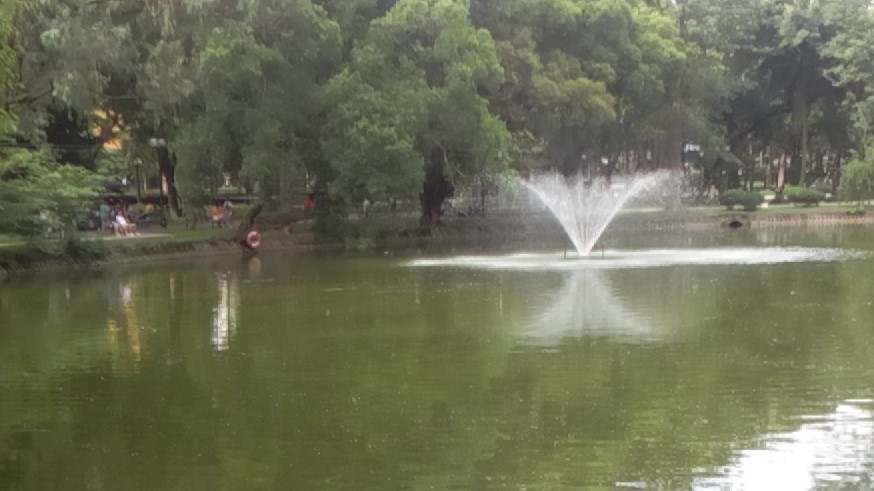In recent decades, the occurrence and intensity of climate related hazards such as drought and desertification have increased. It is arguably that the industrial revolution of the 21st century have contributed to increase the quantity of greenhouse gases in the atmosphere, which inevitably is warming the earth faster than before. At the same time, rising temperature and lower rainfalls have resulted in drought and desertification in some latitude, while in other latitudes lower temperature and heavy rainfall have cause cold spell and flooding. The Lake Chad region is no exception. In the past, the lake chad region was a major source of livelihoods for millions of people in sub Saharan Africa, but currently, it is unlikely that the lake can continue as a viable source of livelihoods for millions of people. The lake chad is increasingly shrinking due to desertification, drought, lower rainfall and the rising temperature, which is attributed to climate change. This easy will examine how climate change has affected food security and fuel insecurity in the region and argued that while population has increased in the region, the quality of livelihoods supporting system has decreased.
Climate change has contributed to increase the food insecurity and fuel insecurity around the world in several ways. First, the unreliable rainfall and rising temperature is increasingly affecting the intensity and occurrence of drought than before, which obviously had contributed to the shrinking of the lake chad basin. According to UNDP, from 1960 to present, the Lake had shrunk by 90%. Secondly, the water depth and volume in the lake region is now at its lowest point. Agricultural productivity including fishing that once supported by the lake chad are no longer viable as before due to unreliable rainfall and increased periods of prolong hot spell. At the same time, the population is at its peak in 2019, and this is projected to add more by 2050. Clearly, there is a rising problems of hunger, food insecurity and malnutrition and loss of income, especially means of livelihoods. The impact is most severe for women folks, youths which makes more than half of the population. While it could be argued that insecurity and crime is as a result of failure of government, it seems that climate change have exacerbated the food insecurity and fuel insecurity in the region. Increased population without adequate means of livelihoods as a result of climate change seems to have contributed to exacerbate the food insecurity and the crisis in the region.This is the climatic related landmine that have triggered the insecurity explosion, which of course people will always blame the devils workshop. So, long people don’t have what to eat, and don’t have hope of the next meal, crime will be inevitable.

In conclusion, climate change is a major contributing factor to food insecurity and insurgence in the Lake chad region. This has a negative impact on the agriculture and the livelihoods of the people. As far as the lake chad region is concerned, climate change has made it difficult to continue to support the livelihoods of the expanding population in the region. This has increased the vulnerability of millions of households more than before, reduced agricultural productivity and income. However, climate change is a phenomenon that is expected not to reverse soon but could be expected to be worst in the future. Obviously, climate change has affected the food security and the fuel insecurity in the lake chad region. Thus, there is need to developed adaptation technologies that are suitable to the people in the region.





